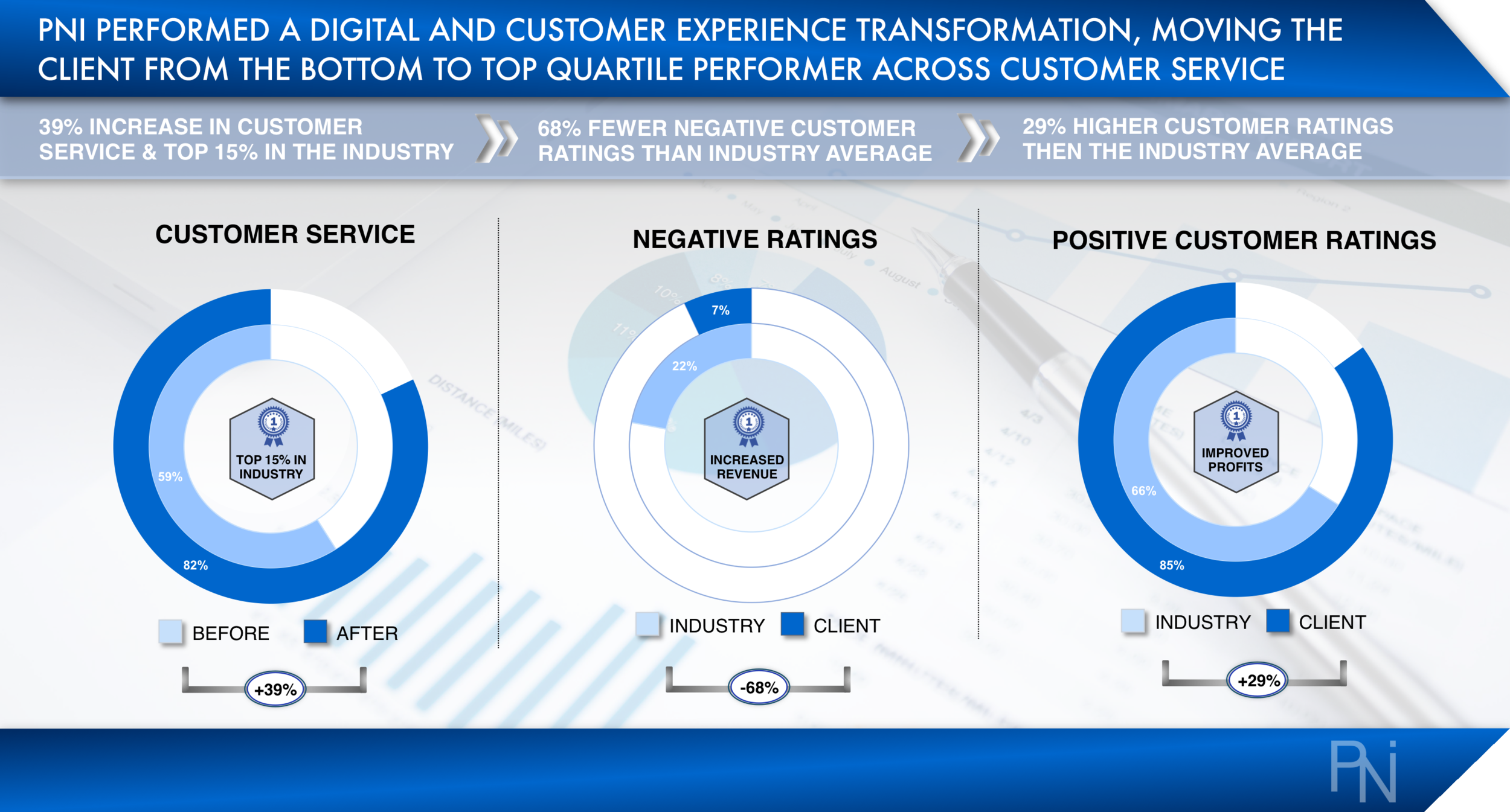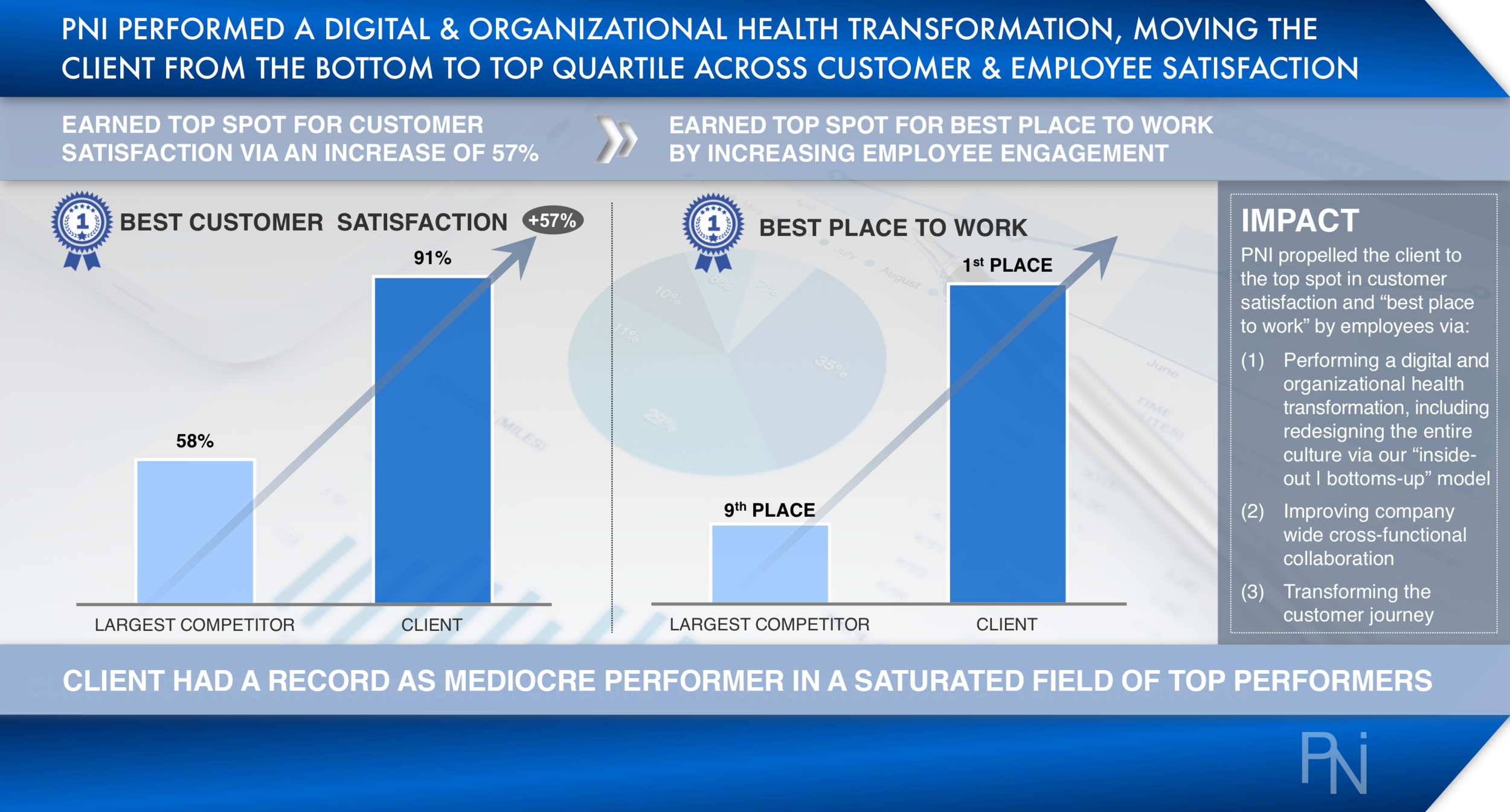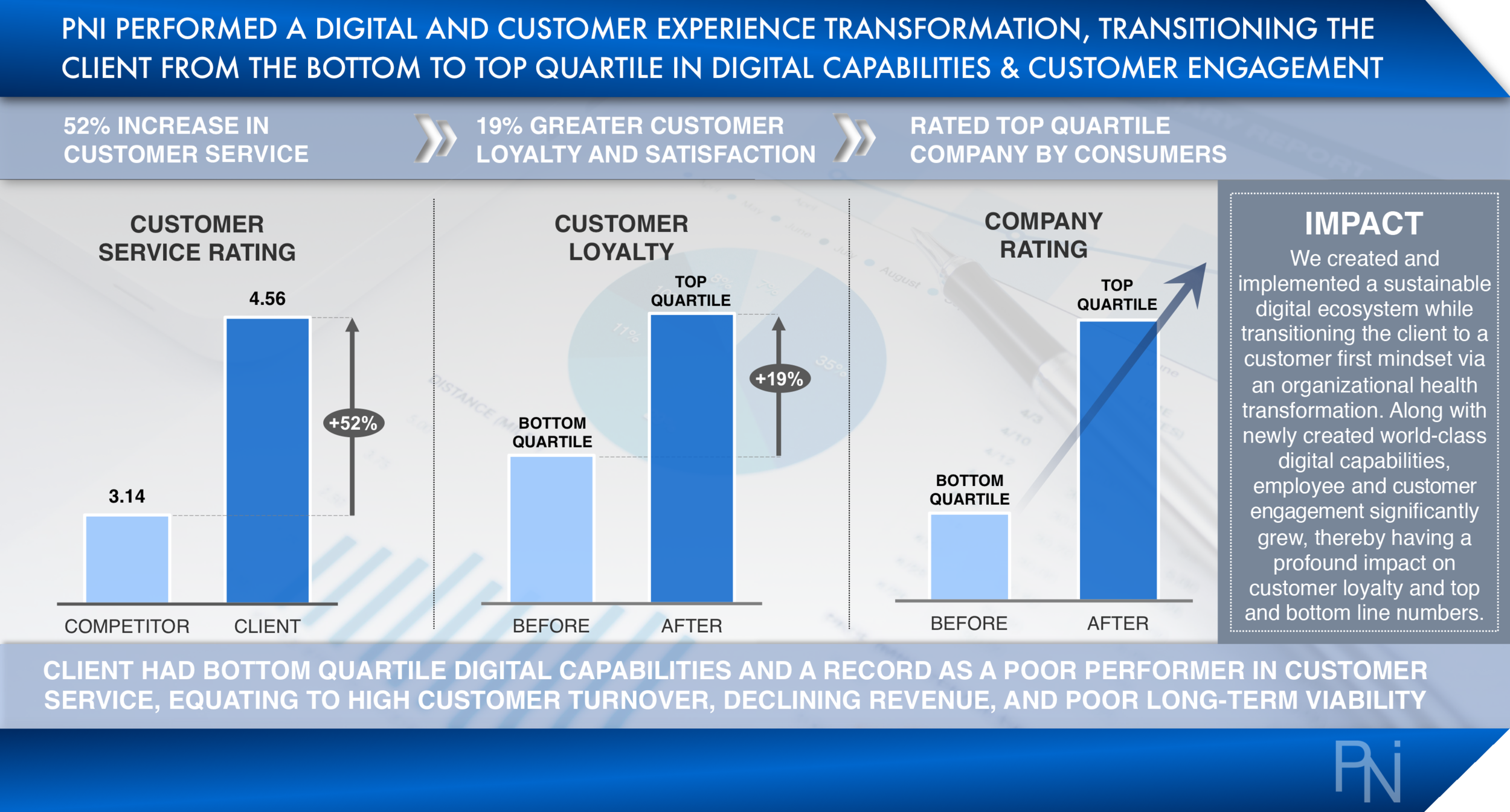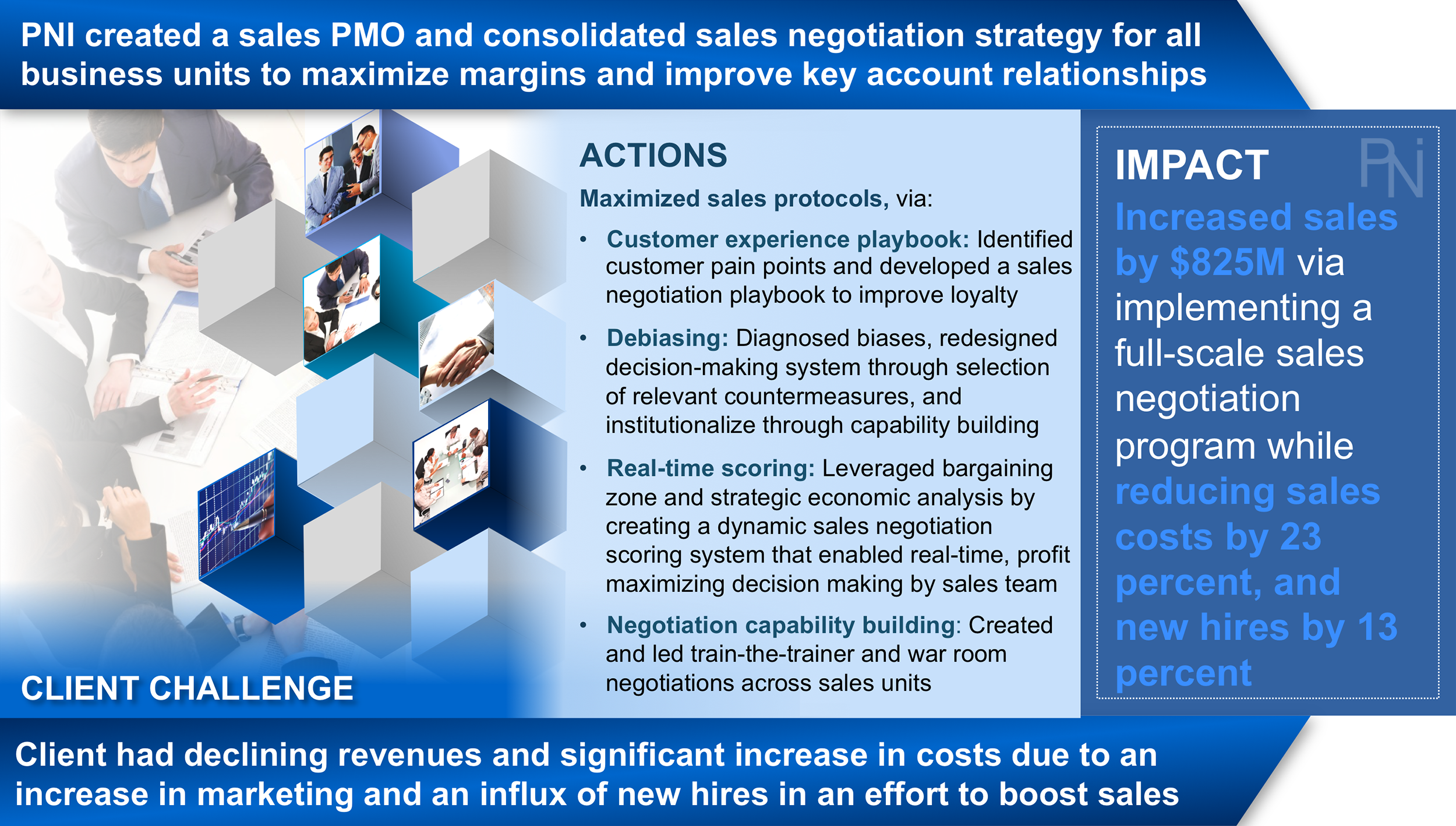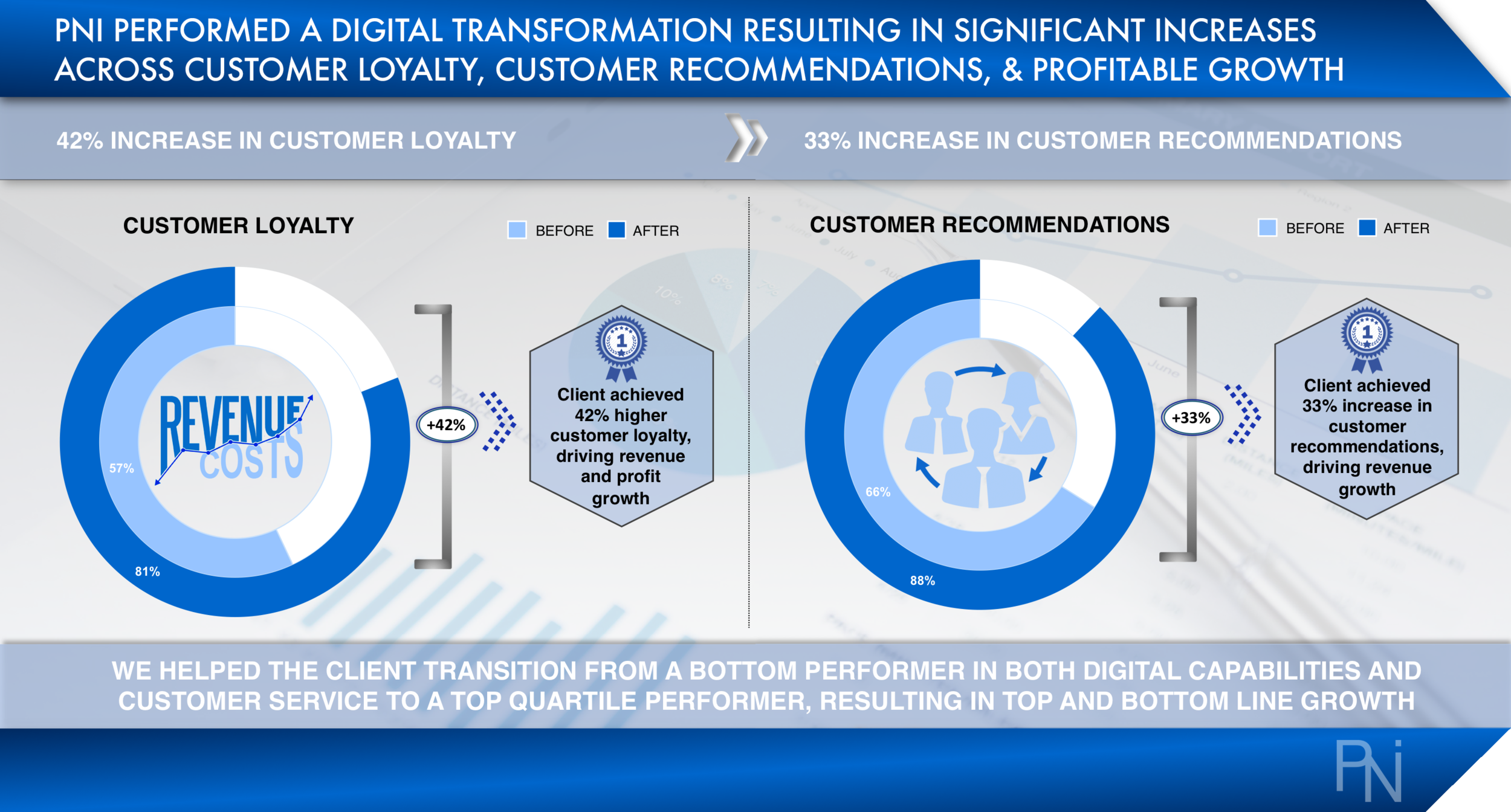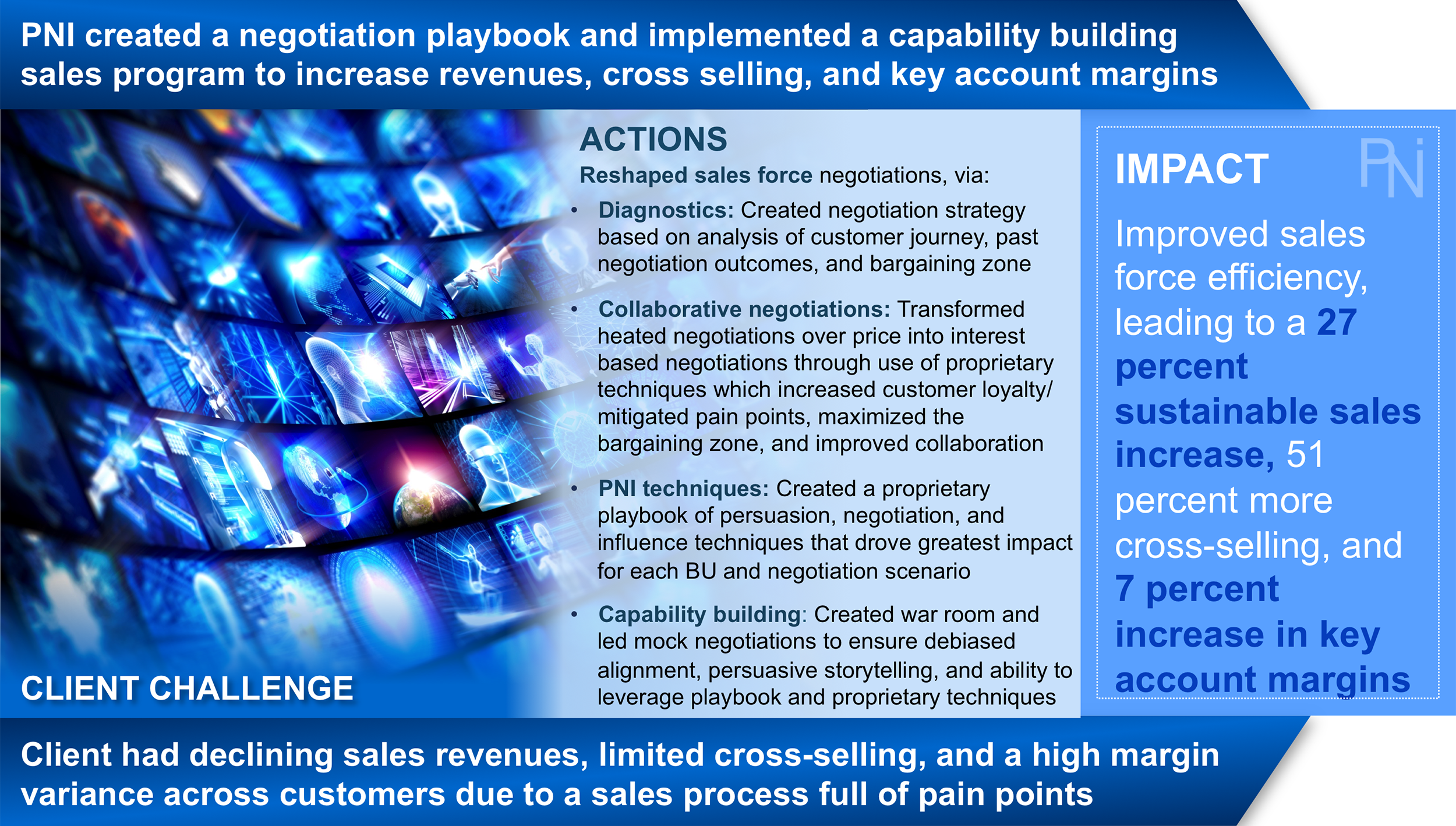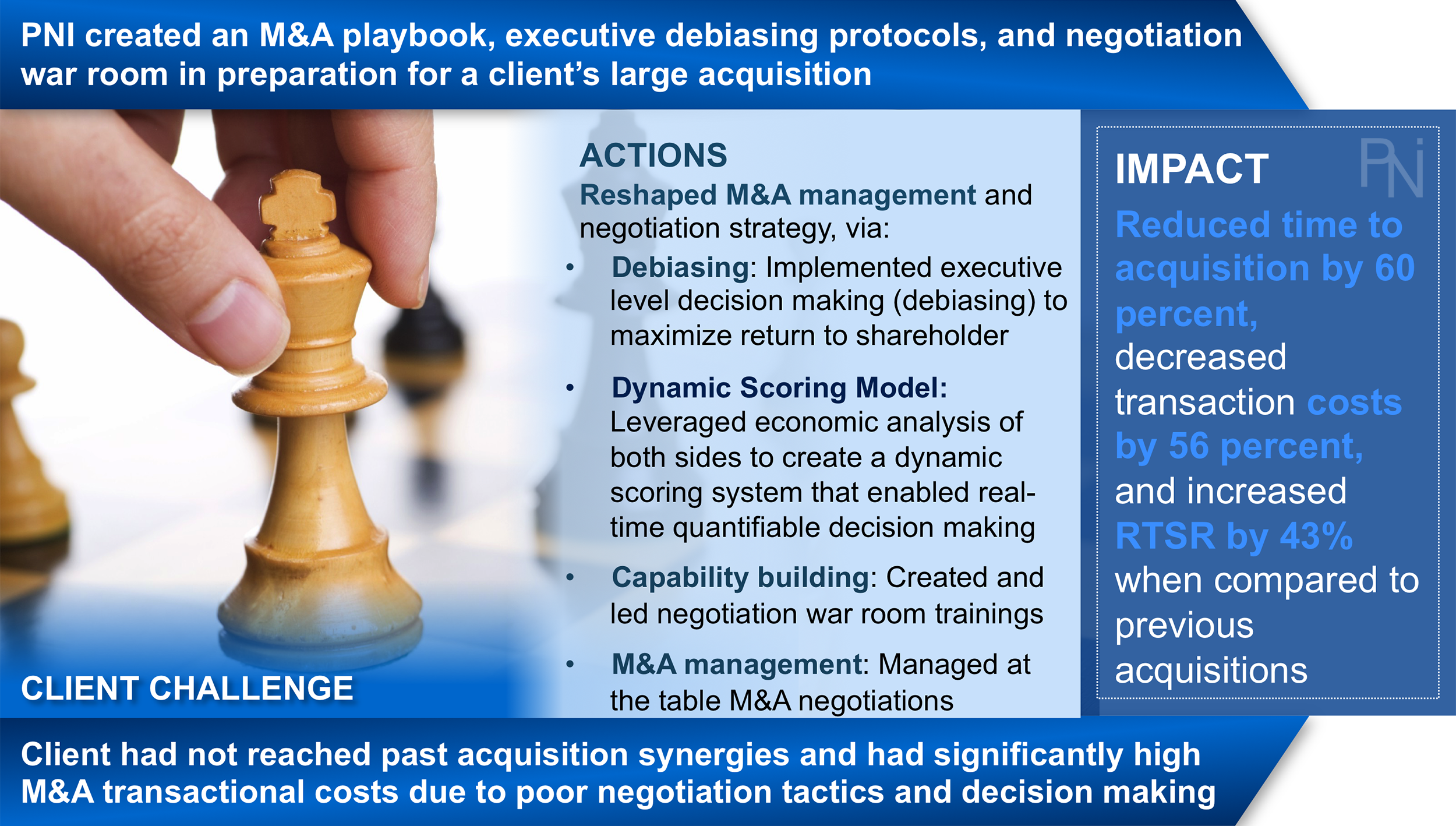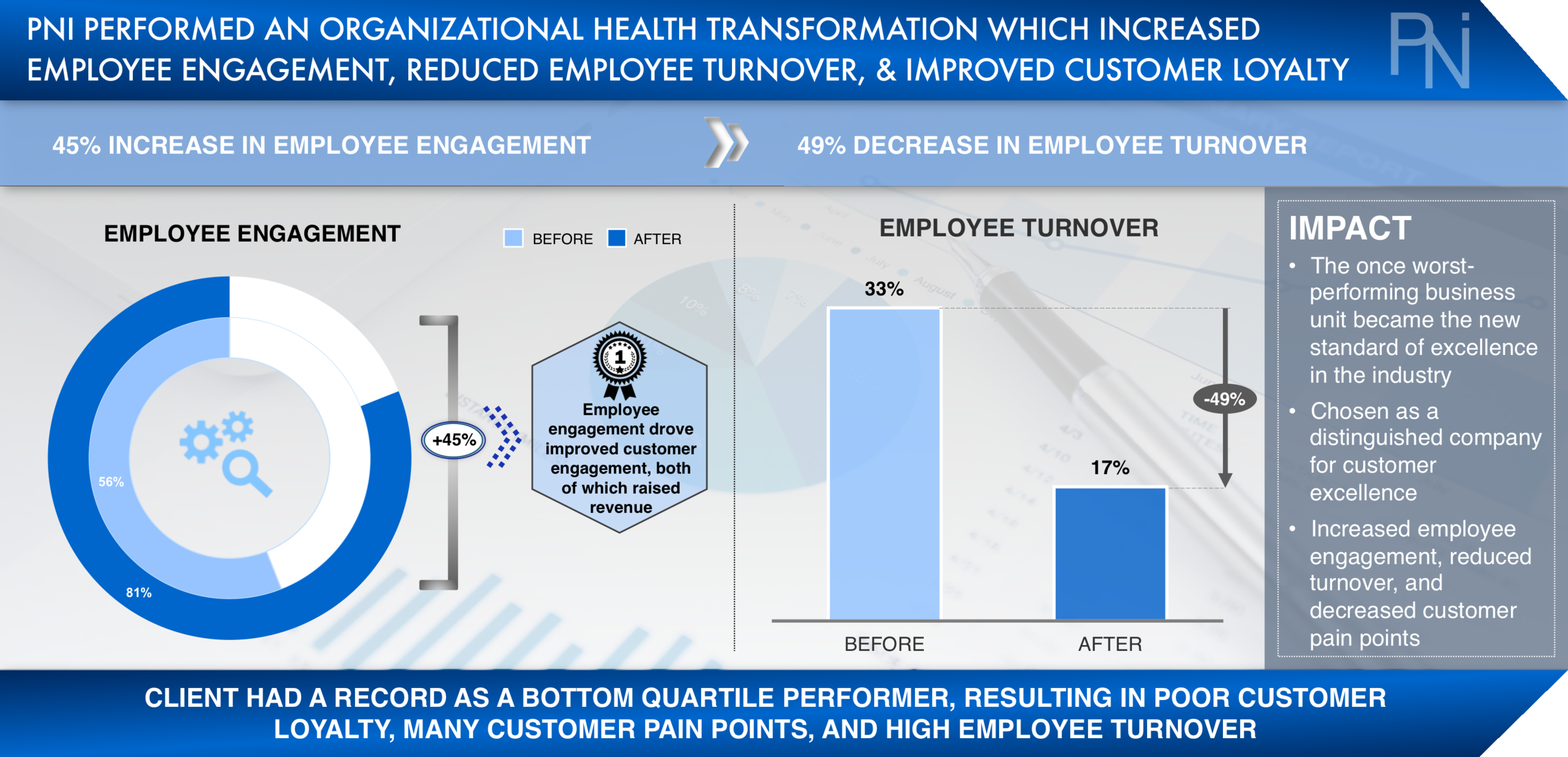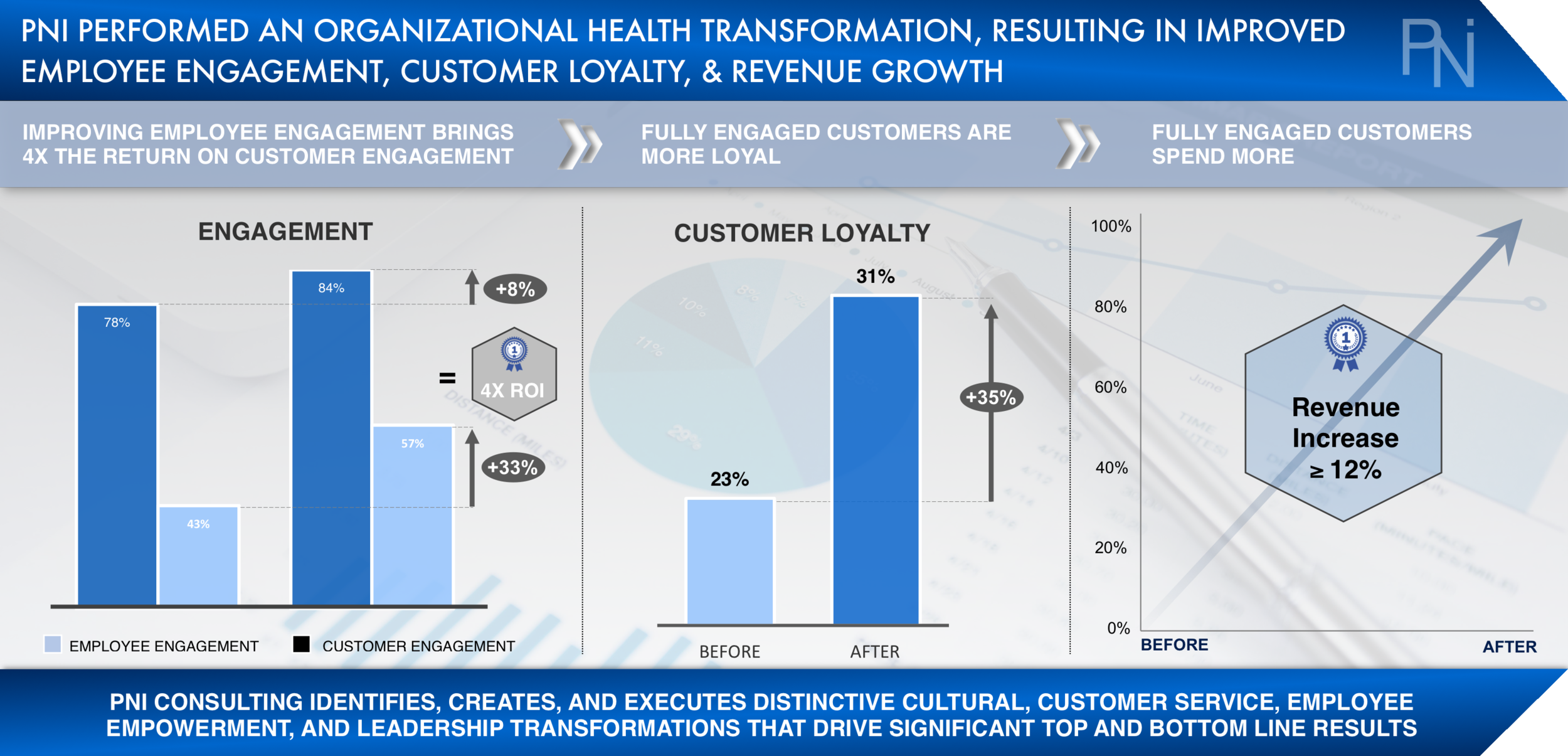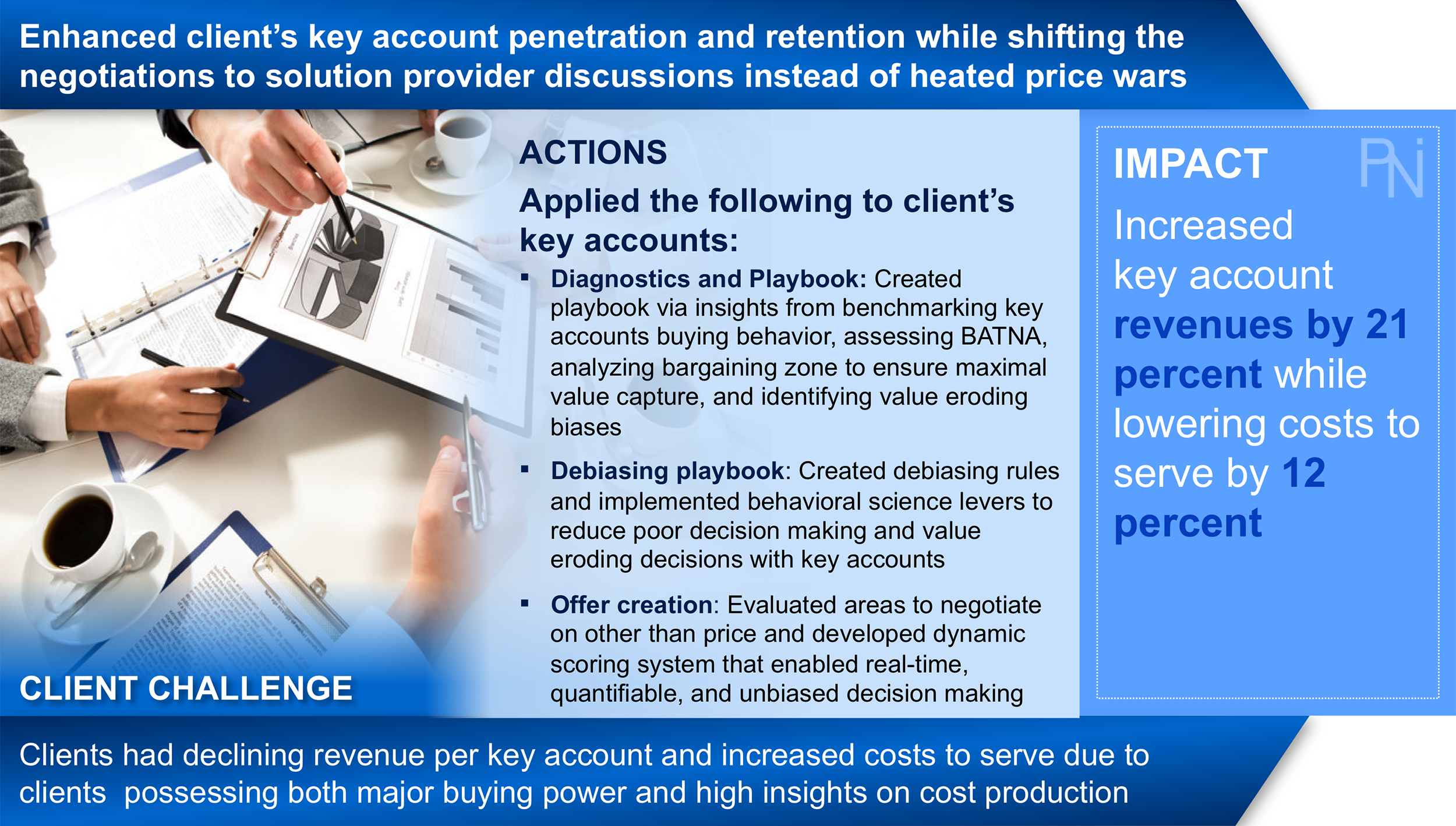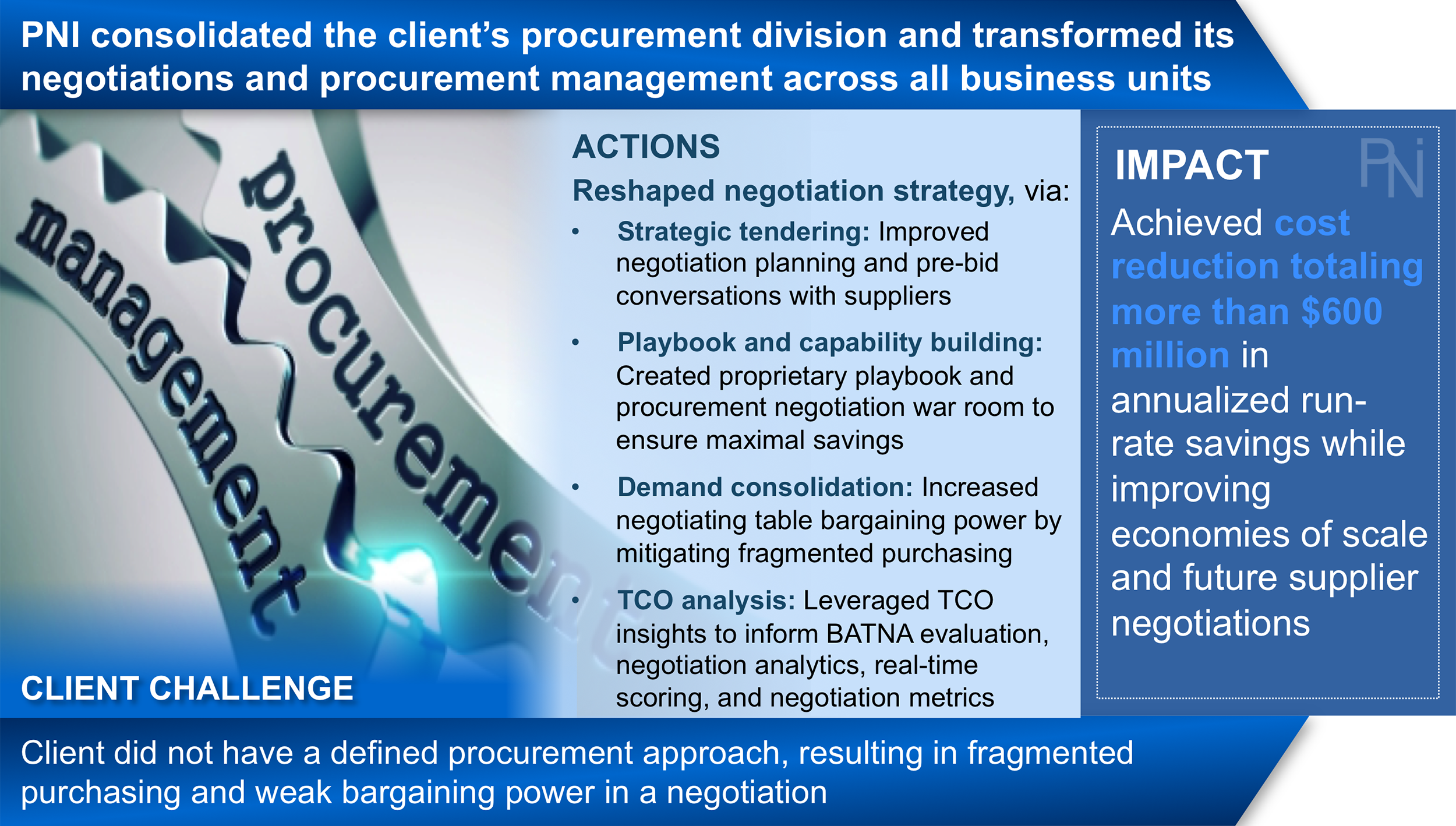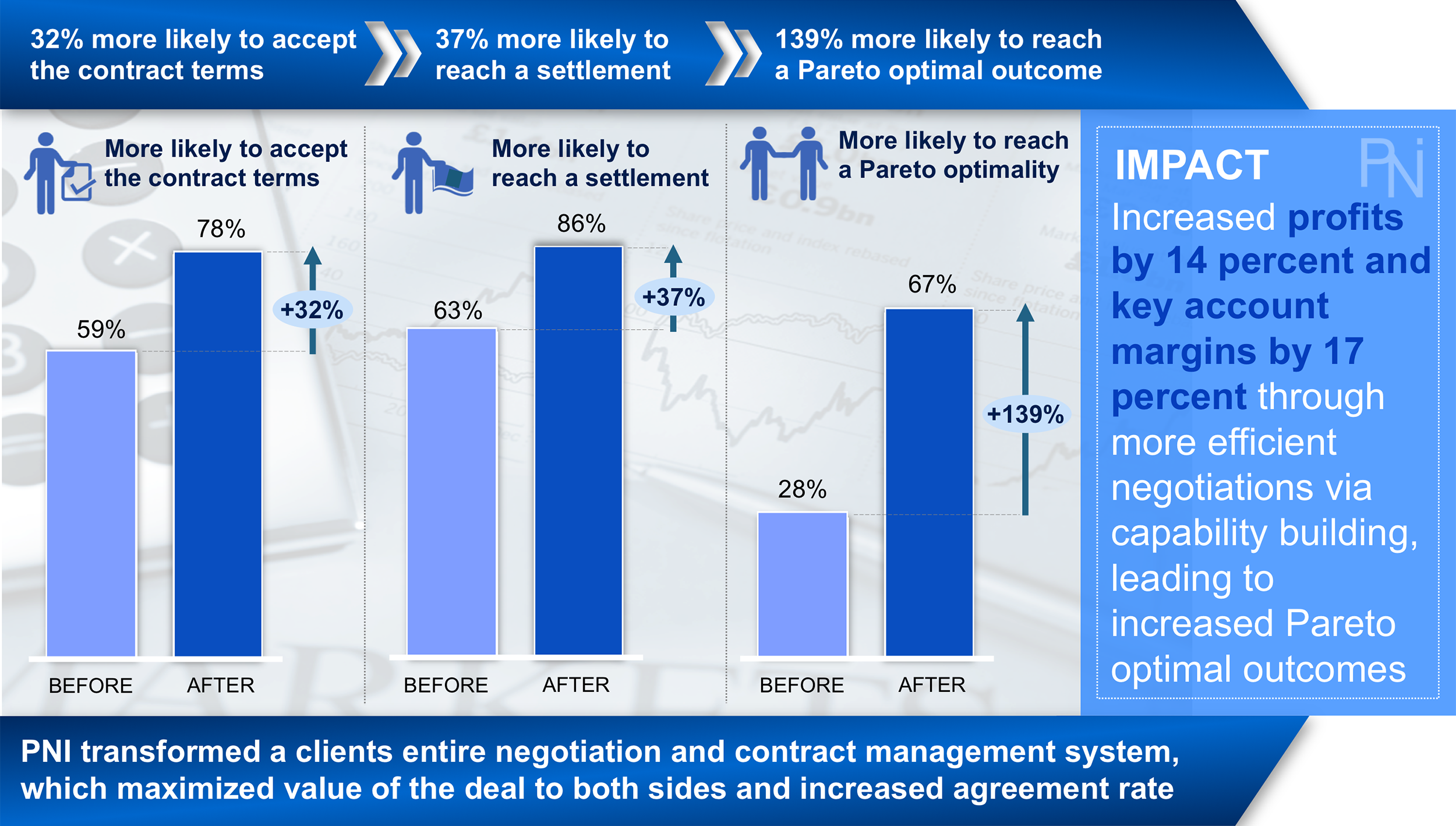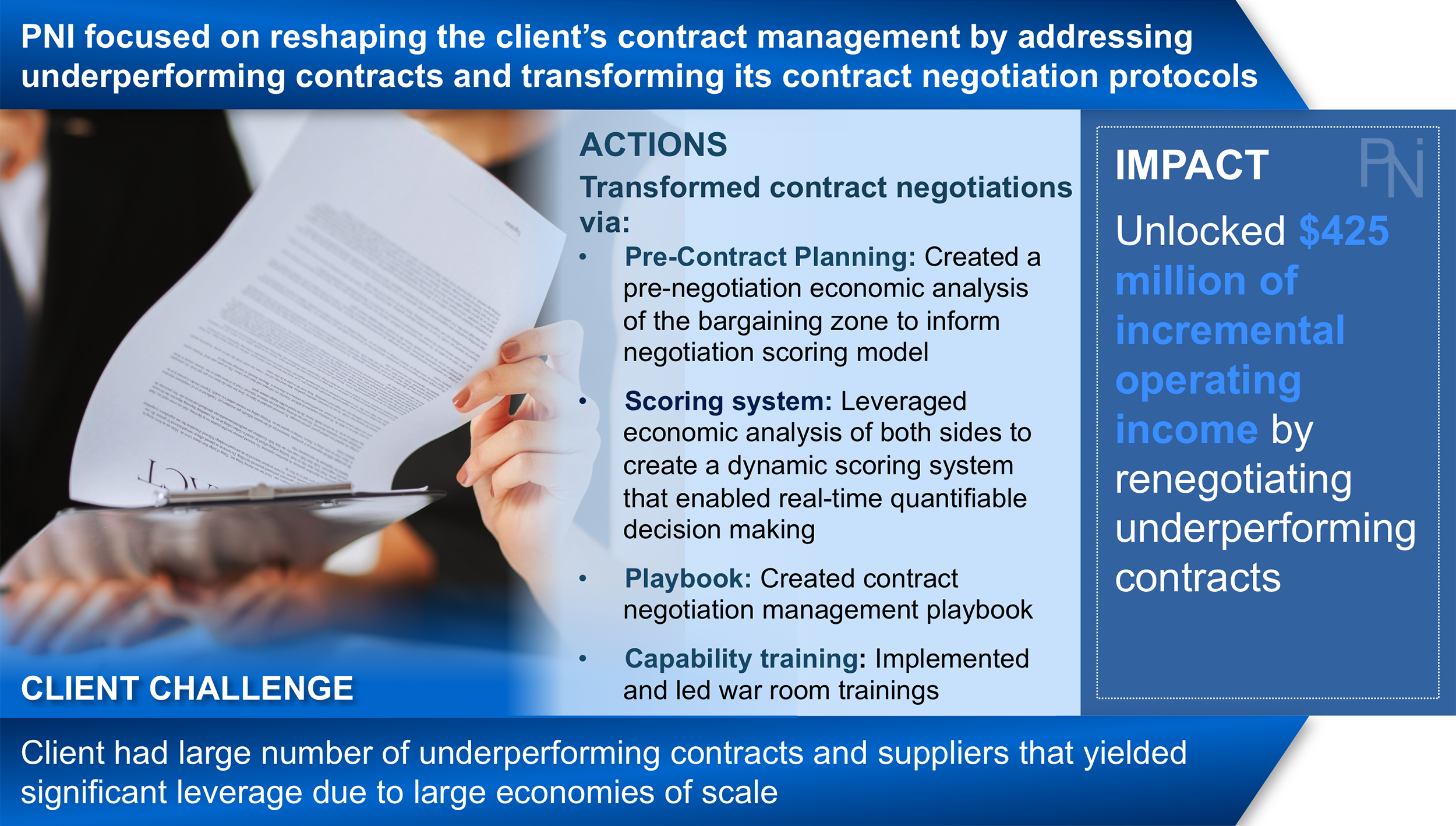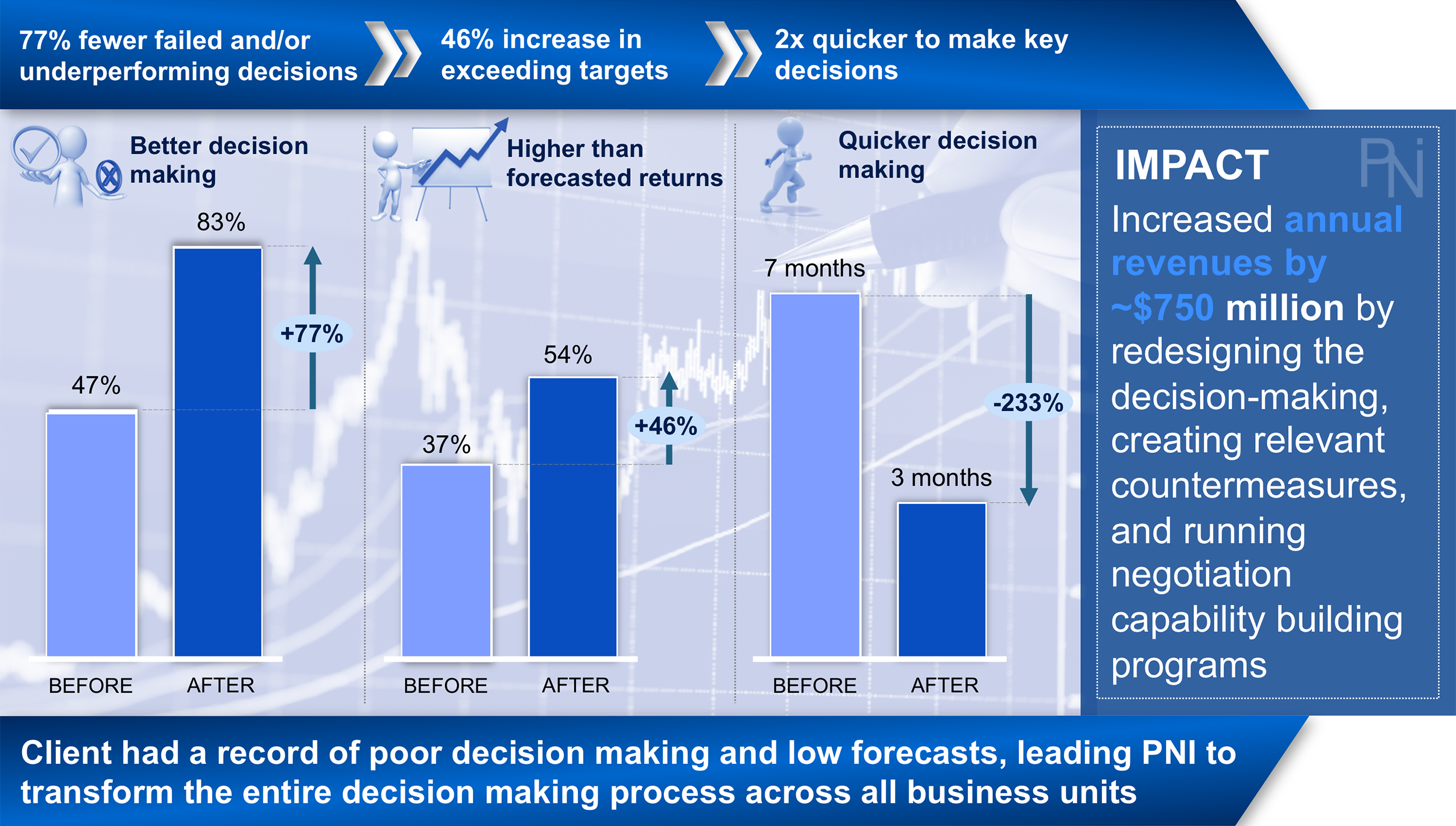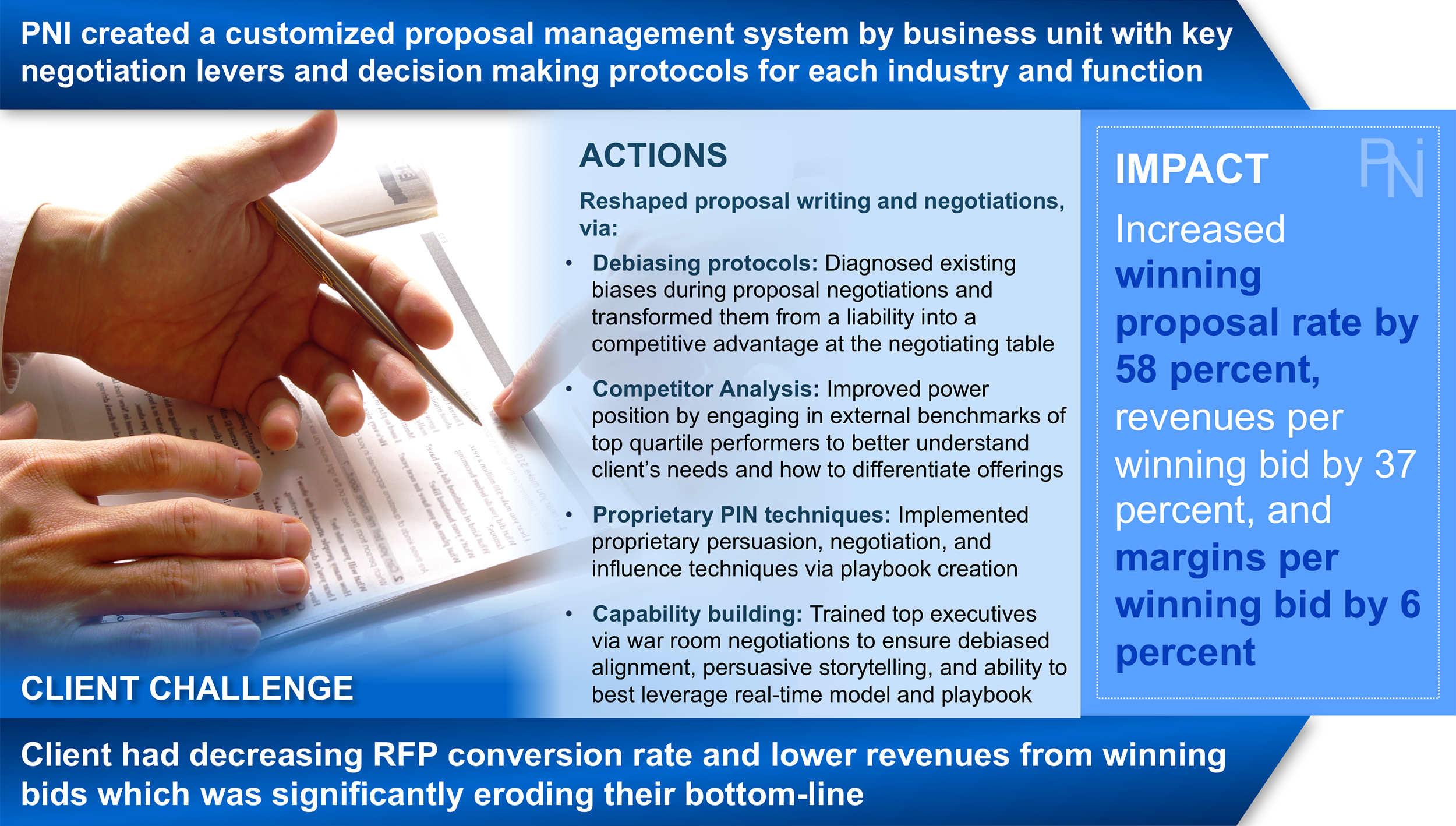Think You Got Everyone on the Bus? Think Again
Author: Joshua Seedman
Intro
BUS ANALOGY FOR "INSIDE-OUT | BOTTOMS-UP"
Exhibit 1 (Click to Enlarge)
Most organizations foster hierarchical bureaucracies that unknowingly foster complexity instead of simplicity and chaos instead of focus, causing major energy and financial leakage. Simply, everyone is "not on the bus." While most leaders claim or like to believe they have everyone within the enterprise on the bus, generally a far different undercurrent is taking place. From a very basic hierarchy standpoint, most organizations are divided in four large groups, specifically (1) upper management, (2) middle management, (3) first line managers, and (4) frontline employees (See Exhibit 1).
CULTURE PARADOX
Exhibit 2 (Click to Enlarge)
While the goal is of course to get everyone on the bus, each of these core organizational units generally act individually due to a a lack of resources, empowerment, alignment, and focus. This value erosive scenario drives silos, poor cross-functional collaboration, slow decision-making, and stagnant growth across the enterprise. Such value erosion generally stems from a "culture paradox." Simply, successful companies often begin with an inspired culture. Over time that culture creates growth, growth creates complexity, complexity destroys a once inspired culture (i.e., everyone is off the bus), and poor culture destroys growth (See Exhibit 2). This article breaks down this organizational problem via a simple bus analogy, which can be leveraged by leaders, managers, and frontline alike to drive internal transformation.
Traditional Company Challenge
- The Bus Analogy -
INSIDE-OUT MODEL
Exhibit 3 (Click to Enlarge)
BOTTOMS-UP MODEL
Exhibit 4 (Click to Enlarge)
Leaders of both small and large organizations have many demands. Unfortunately, in the process of ever-quickening innovation cycles, complexity has infiltrated many companies. This has led to neglected employee alignment, engagement, and empowerment because of an "outisde-in | bottoms-up" instead of an "inside-out | bottoms-up" approach (See Exhibits 3 and 4). Leaders, more than ever, should ensure focus, alignment, and employee engagement are a top priority. Otherwise, a domino effect of value destruction quickly grows internally. Indeed, most of the areas holding back growth do not stem from external market or competitive forces but rather stem from internal obstacles. A recent study by Bain & Company found that 85% of the root causes for failure to maintain profitable growth are now internal to a company.
Simply, many organizations experience the value erosive underpinnings of a "culture paradox™" that ultimately produces the bus analogy in this upcoming section (See Exhibit 2). Simply, a culture paradox can be summarized as the following. Generally, successful companies begin with an inspired culture - one that has an engaged workforce, frontline obsession, and autonomy instead of micromanagement. However, over time that growth unknowingly brings in complexity. This complexity often grows quickly from within and ultimately destroys any traces of an inspired culture. That once inspired culture transitions to a toxic culture, which consequently destroys growth and innovation (See Exhibit 2). In order to escape the value destructive culture paradox loop, company's must learn to get everyone back on the bus via enterprise alignment and focus. This ultimately begins and ends with creating the right culture for employees. Companies must remember that its people are its greatest asset – more than its brand, products, or customers. If a company gets the employee element right a great brand, product, and customer base will occur almost automatically.
BUS ANALOGY FOR "INSIDE-OUT | BOTTOMS-UP" MODEL
Exhibit 5 (Click to Enlarge)
To more vividly describe this value destructive top-down approach this article will present a simple visual analogy (See Exhibit 5). As noted, most organizations are divided into four large groups, specifically (1) upper management, (2) middle management, (3) first line managers, and (4) frontline employees. The goal is of course to have everyone on the bus. However, the common scenario is that (1) upper managers are speeding ahead in their fancy race cars with little regard for those who are trying to keep up, (2) middle managers are frantically trying to keep pace in their dilapidated Model T cars, (3) first line managers are struggling to keep up in their old school bikes, and (4) the frontline are desperately trying to run/walk to keep pace with not only the bicycles in front but also the upper managers leading the way in their fancy race cars (See Exhibit 5).
“Employees often lack the empowerment, autonomy, bias for action, and focused alignment to drive the change a company needs. This becomes more and more prevalent the further down one goes in an organization - equating to the poorest employee engagement with those who spend the most time with the customers (i.e., the frontline).”
In this scenario, only the leaders have access to a modern vehicle with a GPS system, allowing them to arrive at the company’s desired destination most expediently. However, because the leaders have not made it clear where they are headed everyone under them (middle managers on down) is reliant on trying to feverishly keep up with the leader’s race car (i.e., the only one with a GPS system). In a best case situation, perhaps the middle and first line managers can follow for a quarter to one mile but within a few hundred feet the frontline will be lost. Give it another 1-2 miles and everyone will be aimlessly lost, going their own way. This problem stems from two core issues. Firstly, leaders did not provide their employees with alignment or focus on where the company was headed (i.e., only the leaders knew where the company was headed). Secondly, employees (middle managers on down) were not given the proper resources to take them where they needed to go because leadership was hoarding all the resources for driving positive change. Simply, decision-making was not pushed down to the frontline and employees did not have the empowerment, autonomy, bias for action, or focused alignment to do what was best for the organization and its customers. This becomes more and more prevalent the further down one goes in an organization - equating to the poorest employee engagement with those who spend the most time with the customers (i.e., the frontline). This equates to (1) many employee and customer pain points, (2) toxic company culture, (3) unnecessary processes and micromanagement, (4) countless silos, and (5) tremendous energy and financial leakage.
Bus Analogy RECAP
- Typical Hierarchy Overview -
1. UPPER MANAGERS
Transportation: RACE CAR
- SITUATION: Upper managers often have an ivory tower vision with minimal effort given to appropriate enterprise communication, alignment, and focus.
- PROBLEM: Upper managers have the greatest resources for driving change (i.e., the expensive race car). They also know where they want to go. After all, they are leading the way in their fancy race car and GPS system. However, they have not ensured each employee is focused and aligned on where the firm is going because a top-down instead of bottoms-up approach is taken.
2. MIDDLE MANAGERS
Transportation: MODEL T CARS
- SITUATION: Middle managers often create a micromanaged culture which stems from silos and improper focus, cultural guidance, and empowerment from leadership.
- PROBLEM: Middle managers typically are given minimal empowerment to drive change (i.e., old Model T car) and less focus on where the company is headed (i.e., must blindly follow upper managers as they race along in their fancy car). This produces a culture of processes for the sake of processes in an attempt to keep up with leadership. However, this quickly turns into micromanagement, which stifles creativity, innovation, employee engagement, and ultimately customer engagement.
3. FIRST LINE MANAGERS
Transportation: RIDING BICYCLES
- SITUATION: First line managers typically have minimal alignment and empowerment.
- PROBLEM: First line managers have little to no resources to drive change (i.e., bicycle) and even less idea where the organization is headed. This creates misaligned incentives and silos in the middle to bottom of an organization, leading to a dilution of resources, poor productivity, and financial leakage.
4. FRONTLINE EMPLOYEES
Transportation: WALKING BY FOOT
- SITUATION: Frontline employees are the pulse keepers of the organization because they have the greatest interaction with the customer. However, frontline employees are also generally given the least amount of focus, alignment, and empowerment to do what's best for the company and customer.
- PROBLEM: Frontline employees typically have no resources (i.e., walking to keep pace with the race car) coupled with little to no idea where the firm is headed. This produces poor employee engagement with those who spend the most time with customers and little inspiration because they do not know the company's purpose or mission. This leads to significant waste because a company's largest asset for driving sustainable growth is not appropriate engaged or empowered.
Resolution: "Get Everyone On the Bus"
Companies must transition their employees from an “employee” mindset, to a “partner” mindset, and ultimately to an “ownership” mindset. Otherwise, each employee (i.e., those on foot, bicycles, Model T cars) won’t be capable of keeping pace with the leaders (i.e., those in race cars). This begins with a frontline obsession where employees have a bias for action, autonomy, disdain for the status quo, respect for each dollar as if it were their own, and decision-making power to create those "wow" customer experiences. In addition, companies must transition away from hierarchical bureaucracies. Instead, leaders must bring focus and alignment while allowing their employees the autonomy to cross-functionally create a culture of engagement, innovation, and service excellence. Leaders can accomplish this daunting task by ensuring the following:
- FOCUS: Ensure organizational wide focus and alignment. Simply, to have sound decision-making you must know where you want to go (i.e., what is your aspirational goal). Otherwise, it’s analogous to getting in a car and saying we’re going to drive around. Great – but where? Without focus and alignment your company will waste a lot of time going around in circles.
- CROSS-FUNCTIONAL COLLABORATION: Break down silos to ensure everyone is working as a team towards a common purpose and aspirational goal versus going off in their own direction either from a lack of focus or ulterior motives.
- EMPOWERMENT & ENGAGEMENT: Give employees the resources for driving impactful change. This will allow the company to reach its aspirational goal most expediently while also ensuring "wow" moments for the customers no matter where they are in the value chain.
Conclusion
“If a company creates a culture of alignment, focus, empowerment, and inspiration everyone will run to not only get on the bus but will also never want to get off the bus.”
Most organizations undergo a culture paradox that ultimately produces the aforementioned bus analogy. Simply, successful companies generally begin with an inspired culture. That inspired culture creates growth, growth creates complexity, complexity destroys that once inspired culture (i.e., everyone is off the bus), and a poor culture destroys growth. This challenge stems from matrix driven, hierarchical bureaucracies that incentivize individual instead of team efforts. In turn, this landscape unknowingly fosters complexity instead of simplicity and chaos instead of focus. Consequently, such an atmosphere creates a silo-driven enterprise that is an imitator instead of an innovator and a complacent, slow decision-maker instead of a challenger of the status quo. This ultimately equates to significant energy leakage and major value destruction. To avoid this erosive, top-down undercurrent, a culture transformation that ensures "everyone is on the bus" must be a top priority for any organization.
Corporate leaders ultimately have three obligations, specifically (1) motivate employees by creating an empowered, focused, and inspired culture (i.e., get everyone on the bus), (2) delight customers, and (3) deliver strong financial results. If the first two take place financial results will take care of itself. Indeed, if a company creates a culture of alignment, focus, empowerment, inspiration, and engagement everyone will run to not only get on the bus but will also never want to get off the bus. Consequently, sustainable and profitable growth will be chasing such a company down.
About the Author
Joshua Seedman is the founder and chairman of PNI Consulting, a management consulting firm that specializes in global transformations. He has over 20 years of operating and general management experience with expertise in organizational transformations, customer experience, employee engagement, digital transformations, sales & marketing, operational turnarounds, culture/change management, and high-stakes negotiations. His experience includes executive roles within F500 companies, top-tier consulting leadership (McKinsey & Company), over 10 years of global P&L responsibility, and corporate lawyer (Davis Polk & Wardwell). He received his MBA from Kellogg School of Management and his J.D. (cum laude) from Northwestern University School of Law.

















